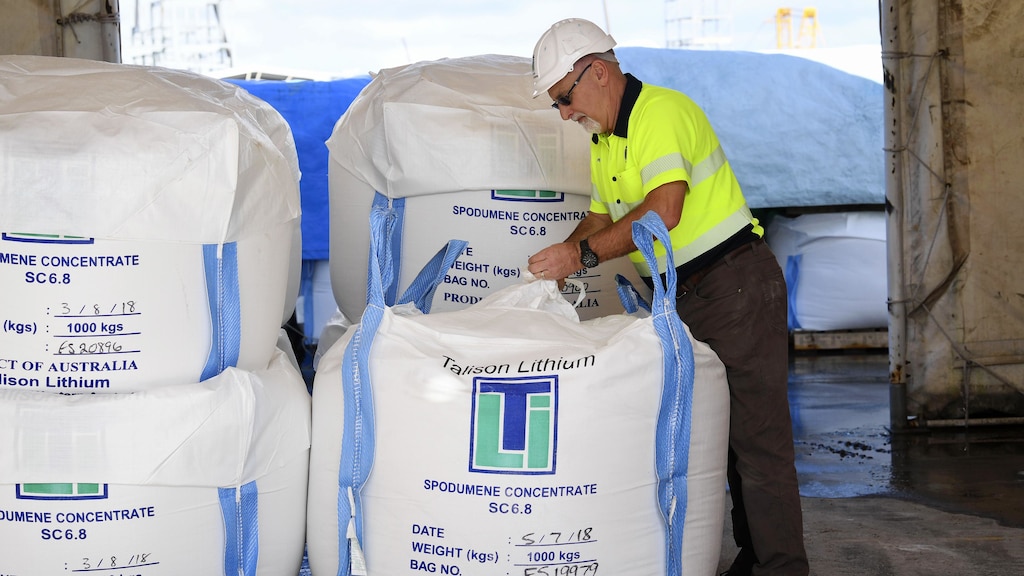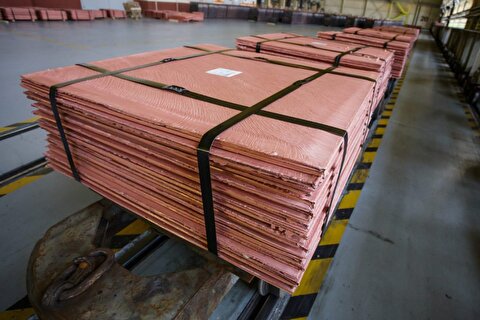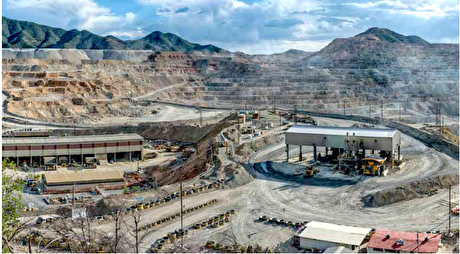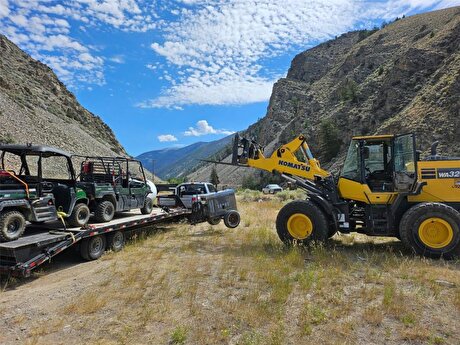
DRC's Manono lithium potential confirmed

A scoping study has confirmed the potential of the Manono lithium project in the Democratic Republic of the Congo (DRC) and will now be followed by a full feasibility study, which is expected to be completed in the second quarter of 2019, Perth-based AVZ Minerals said in a project update. It owns 60pc of the project with the other 40pc held by state-owned and private DRC investment vehicles.
A case one study is based on processing 2mn t a year of ore from the mineral resource, which includes 43mn t in the measured category, 104mn t in the indicated category and 112mn t in the inferred category. It is expected to involve capital expenditure of $150mn-160mn and have a pre-tax and pre-royalties net present value of $1.6bn.
Cash operating costs are estimated at $355/t, with lithium concentrate prices estimated at $920/t over the life of the project.
AVZ and its partners are looking into the possibility of doubling processing capacity to 4mn t/yr of ore and producing as much as 10mn t/yr of ore, indicating the potential for Manono to become a much bigger player on the global lithium stage.
"Manono is now the largest undeveloped hard rock lithium project in terms of grade, mine life and expandability," managing director Nigel Ferguson said. "We are confident that project economics can be improved further, especially in the areas of transport, processing and power costs. The recovery of tin as a by-product can add considerable value to the bottom line and has not been included in any financial modelling."
The Manono joint-venture partners will be seeking to qualify for a five-year tax concession offered by the DRC government for projects of significance in the country.
Manono will not stay as a 2mn t/yr operation for long as it is AVZ's intention to self-fund further expansion from retained earnings, Ferguson said.
"Given the tier-one nature of Manono in terms of size, quality and homogenous resource, we are working quickly to bring 4mn t/yr and 10mn t/yr studies to the market," he added. These studies will particularly focus on leveraging economies of scale and optimisation to improve results contained in the 2mn t/yr study.
The 4mn t/yr and 10mn t/yr studies are expected to be completed in November and are aimed at providing further evidence of Manono's status as a globally important lithium development.
It is significant to compare the Manono scoping study with two of Australia largest new lithium projects, which have in the past few days made their first concentrate shipments to offtake partners in China.
Stage one of Pilbara Minerals' Pilgangoora project is ramping up to producing 350,000 t/yr of lithium concentrate from a 2mn t/yr processing operation. This is smaller than Manono's case one profile. An investment decision is due by the end of this year on expanding Pilgangoora to a 5mn t/yr operation producing up to 800,000 t/yr of lithium concentrate, similar to Manono's case two profile.
Stage one of Altura Mining's Altura project, also in the Pilgangoora region of Western Australia, is ramping up to produce 220,000 t/yr of lithium concentrate, half the case one target for Manono. Altura is expected to soon announce an investment decision on doubling output to 440,000 t/yr through a duplicate second stage of the project, similar to Manono's case one profile.
A major difference is that Pilbara Minerals and Altura Mining are already producing in an area with world-class infrastructure and logistics, while AVZ and its partners have yet to develop mine infrastructure and will have to negotiate a challenging regulatory and operational environment, which includes transporting concentrate to the Tanzanian port of Dar es Salaam.



Gold price eases after Trump downplays clash with Fed chair Powell

Copper price hits new record as tariff deadline looms

Brazil producers look to halt pig iron output as US tariff threat crimps demand

Chile’s 2025 vote puts mining sector’s future on the line

Gold price could hit $4,000 by year-end, says Fidelity

Three workers rescued after 60 hours trapped in Canada mine

US targets mine waste to boost local critical minerals supply

Glencore workers brace for layoffs on looming Mount Isa shutdown

Energy Fuels surges to 3-year high as it begins heavy rare earth production

Trump tariff surprise triggers implosion of massive copper trade

Maxus expands land holdings at Quarry antimony project in British Columbia

BHP, Vale accused of ‘cheating’ UK law firm out of $1.7 billion in fees

Southern Copper eyes $10.2B Mexico investment pending talks

American Tungsten gets site remediation plan approved for Ima mine in Idaho

Kinross divests entire 12% stake in Yukon-focused White Gold

Gold price could hit $4,000 by year-end, says Fidelity

Southern Copper expects turmoil from US-China trade war to hit copper

Ramaco Resources secures five year permit for Brook rare earth mine in Wyoming

Column: EU’s pledge for $250 billion of US energy imports is delusional

Trump tariff surprise triggers implosion of massive copper trade

Maxus expands land holdings at Quarry antimony project in British Columbia

BHP, Vale accused of ‘cheating’ UK law firm out of $1.7 billion in fees

Southern Copper eyes $10.2B Mexico investment pending talks

American Tungsten gets site remediation plan approved for Ima mine in Idaho

Kinross divests entire 12% stake in Yukon-focused White Gold

Gold price could hit $4,000 by year-end, says Fidelity

Southern Copper expects turmoil from US-China trade war to hit copper

Ramaco Resources secures five year permit for Brook rare earth mine in Wyoming














